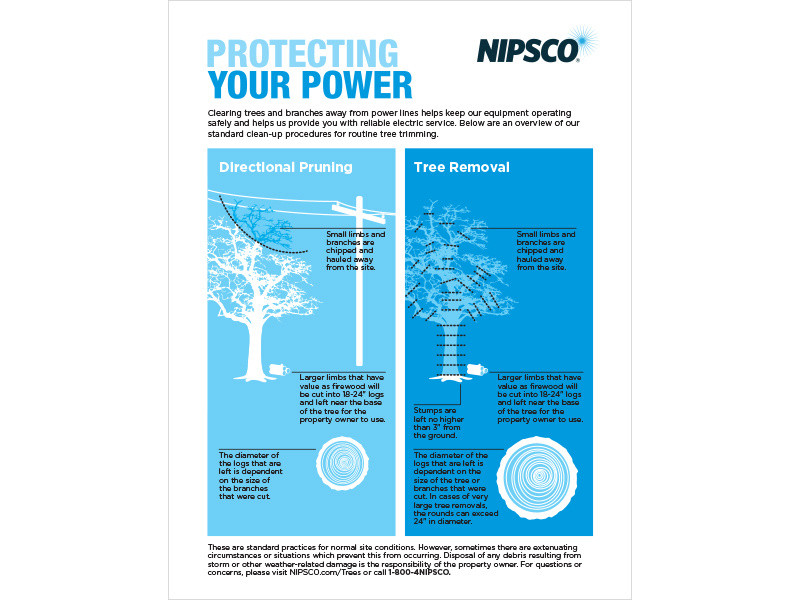Tree Pruning Expertise: Vital Methods For A Healthy And Balanced Landscape
Tree Pruning Expertise: Vital Methods For A Healthy And Balanced Landscape
Blog Article
Developed By-
When inter property pertains to creating a landscape that prospers, grasping the art of tree pruning is a must. Visualize having the ability to form your trees with accuracy, ensuring their vigor and elegance for many years ahead. By learning the necessary techniques for correct cuts, timing, and architectural training, you hold the key to a growing exterior area that will impress all that experience it. However exactly how do these pruning methods really influence the health and wellness of your trees and the overall landscape aesthetic?
Appropriate Pruning Cuts for Tree Health And Wellness
When it involves maintaining the health of your trees, making appropriate pruning cuts is vital. Wrong cuts can cause illness, insect problem, and general tree decrease. To guarantee the vitality of your trees, always begin by using sharp, clean tools to make precise cuts.
Begin by recognizing the branch collar, a swollen location where the branch attaches to the trunk. Cutting simply outside the collar aids promote correct healing and reduces the threat of infection. Avoid leaving stubs as they can welcome bugs and illness right into the tree.
Bear in mind to make cuts at a small angle, sloping away from the trunk, to stop water from pooling on the wound. Additionally, eliminate any type of dead, harmed, or going across branches to boost air circulation and sunshine penetration.
Timing and Regularity of Trimming
To maintain the wellness and framework of your trees, recognizing the optimum timing and regularity of pruning is essential.
The most effective time to prune trees is generally throughout the inactive season in late wintertime or very early spring. Pruning throughout this duration helps promote new growth once the tree begins budding in the springtime.
Nevertheless, some trees, like spring-flowering ones, are best trimmed right after they complete flowering to avoid removing next year's flower buds.
Regular trimming is necessary, however the regularity depends upon the tree species and its growth rate. For the majority of trees, a yearly examination to get rid of dead, diseased, or going across branches is advised. Young trees might call for even more frequent pruning to develop a strong framework, while mature trees may only require upkeep pruning every few years.
Prevent pruning throughout the fall when conditions are more quickly spread out, and avoid heavy trimming during the summer when the tree is actively growing.
Educating Young Trees for Structure
For establishing solid and healthy and balanced trees, training young trees for ideal framework is essential. By shaping a tree when it's young, you set the structure for a tough and visually appealing fully grown tree.
Begin by recognizing the main leader, which is the main upward-growing branch. Motivate livay properties by pruning away competing leaders, aiding the tree establish a strong central trunk. In addition, remove any type of branches that expand internal or downward, as they can trigger structural concerns as the tree expands.
It is essential to room out lateral branches evenly around the trunk to advertise well balanced development. As the tree grows, remain to check its development and prune as needed to maintain its form and structure.
Correctly trained young trees are much less likely to create weak crotches or jammed branches, decreasing the risk of damages throughout storms. Investing time in training young trees will settle with a perfectly structured and durable tree in the future.
Final thought
Since you have actually mastered the vital methods of tree trimming, your landscape is on its method to thriving. By utilizing sharp tools, making accurate cuts, and appropriately timing your pruning sessions, you are guaranteeing the wellness and durability of your trees. Keep in mind to routinely evaluate and maintain your trees to maintain them growing. With your newly found knowledge, your landscape will certainly remain to grow perfectly for several years ahead. Keep up the great work!
